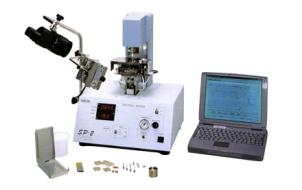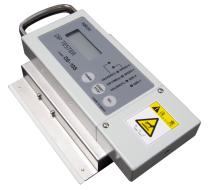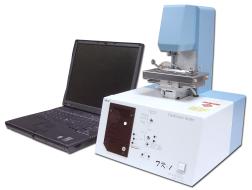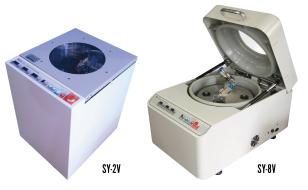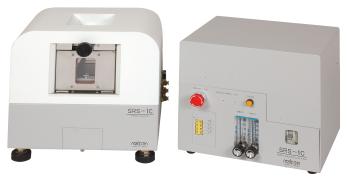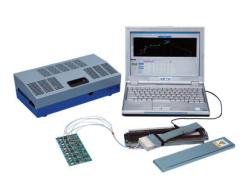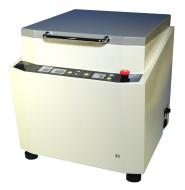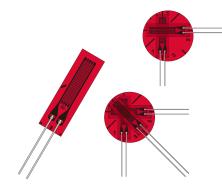Malcom Viscometers
When speaking of solder paste, one parameter that is often discussed is viscosity. Viscosity is important as a paste that is too thick (high viscosity) may lead to a bad print in the form of an insufficient filet. A paste that is too thin (low viscosity) may lead to the filet slumping. In order to test that a paste has the proper thickness for optimal printing, the paste’s viscosity should be checked with an accurate and repeatable viscosity meter.
It is important to bear in mind that there are basically two components to solder paste viscosity measurement. They are the static viscosity and dynamic viscosity. Static viscosity is the viscosity of the solder paste as it is dispensed off of a tube or syringe onto a screen printer. The dynamic viscosity, on the other hand gives the variation in the thixotropic behavior of the solder paste during the course of the screen printing process. It is important to know the dynamic viscosity of a paste ii order to predict it’s printing characteristics.
Dynamic viscosity is gained by adding shear to solder paste. Shear is what the solder paste encounters on a screen printer. By understanding how shear affects solder paste viscosity is critical as its understanding may help to limit printing problems.
The Malcom PC-11 and PCU-200
Spiral Viscometers by design are able to measure not only the static viscosity of solder paste at low rpm, but it can more importantly measure the dynamic viscosity. This is due to the fact that Malcom applies a true shear force onto the solder paste, simulating the forces that act on the paste on a screen printer. By varying the rpm, one can find the shear sensitivity and thixotropic index of the solder paste, something that could not accurately be done with most other viscometers. Thus with a Malcom viscometer, the user can not only measure batch to batch variation, but can also predict how the solder paste will perform on the screen printer.
Principle Of Spiral Viscometers
The Malcom Viscometers utilizes a patented double cylinder spiral pump method. Malcom Viscometers takes the double cylinder method step better. The inner cylinder has spiral flutes making it resemble a screw. It is attached to a torque sensor. The outer cylinder has an inlet scoop and exhaust openings. This rotates at a constant speed. Due to the geometry of the two cylinders, the assembly is a type of pump. When in operation, the paste is scooped into the gap between the cylinders, and slowly the pump speed becomes constant, the length of the flutes are consistent, it follows both the shear rate and shear time are constant. Knowing these two values and the torque enable one to find: the viscosity of the thixotropy, the adhesive force, and the viscoelasticity; properties necessary for proper and successful screen printing.
Products
Explore Our Premium, Industry-Leading Products. Crafted for Excellence and Designed to Meet the Highest Standards, Our Products Deliver Unmatched Quality and Performance for Professionals Like You.
Malcom Viscometers
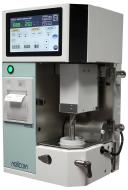
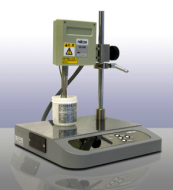
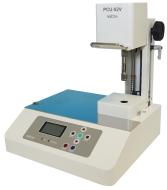
Wide Range of Product Categories.
Discover Our Extensive Range of Product Categories. From Cutting-Edge Technology to Everyday Essentials, We Offer Solutions Across Diverse Fields to Meet All Your Needs.
